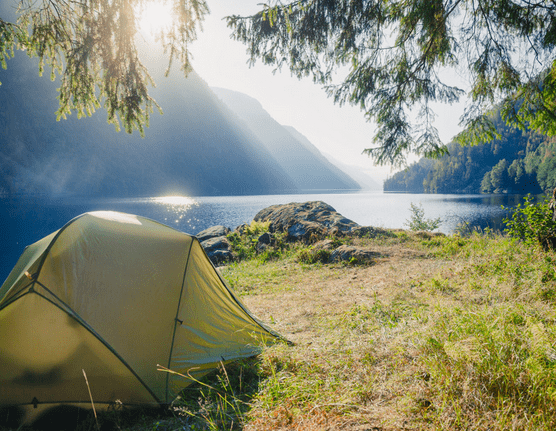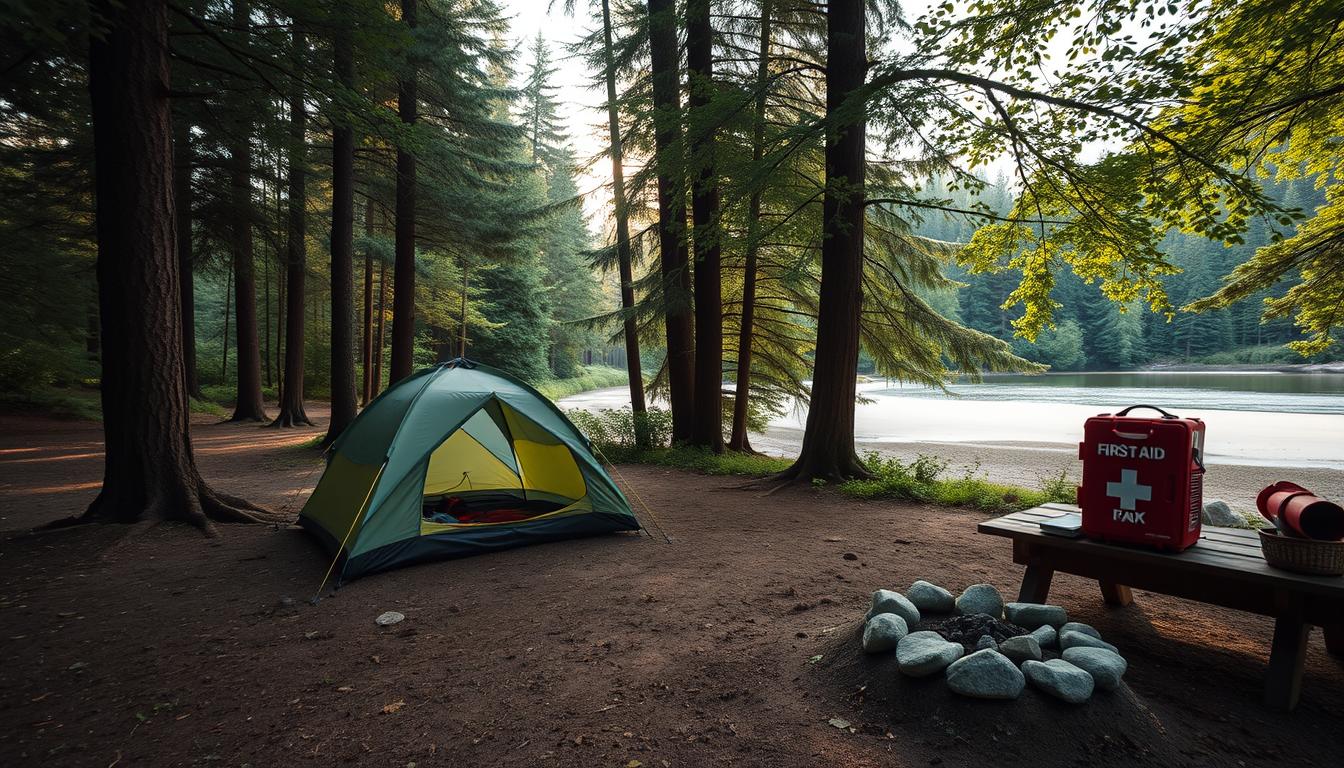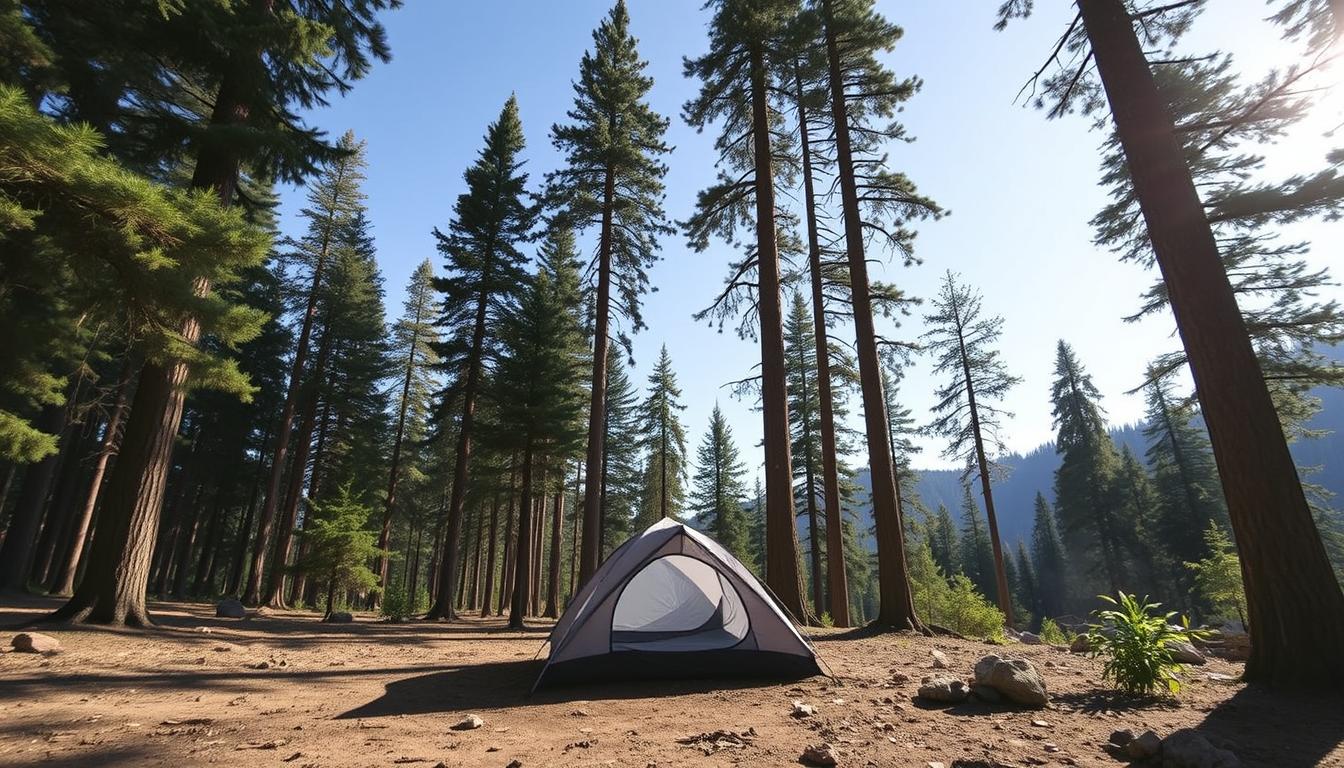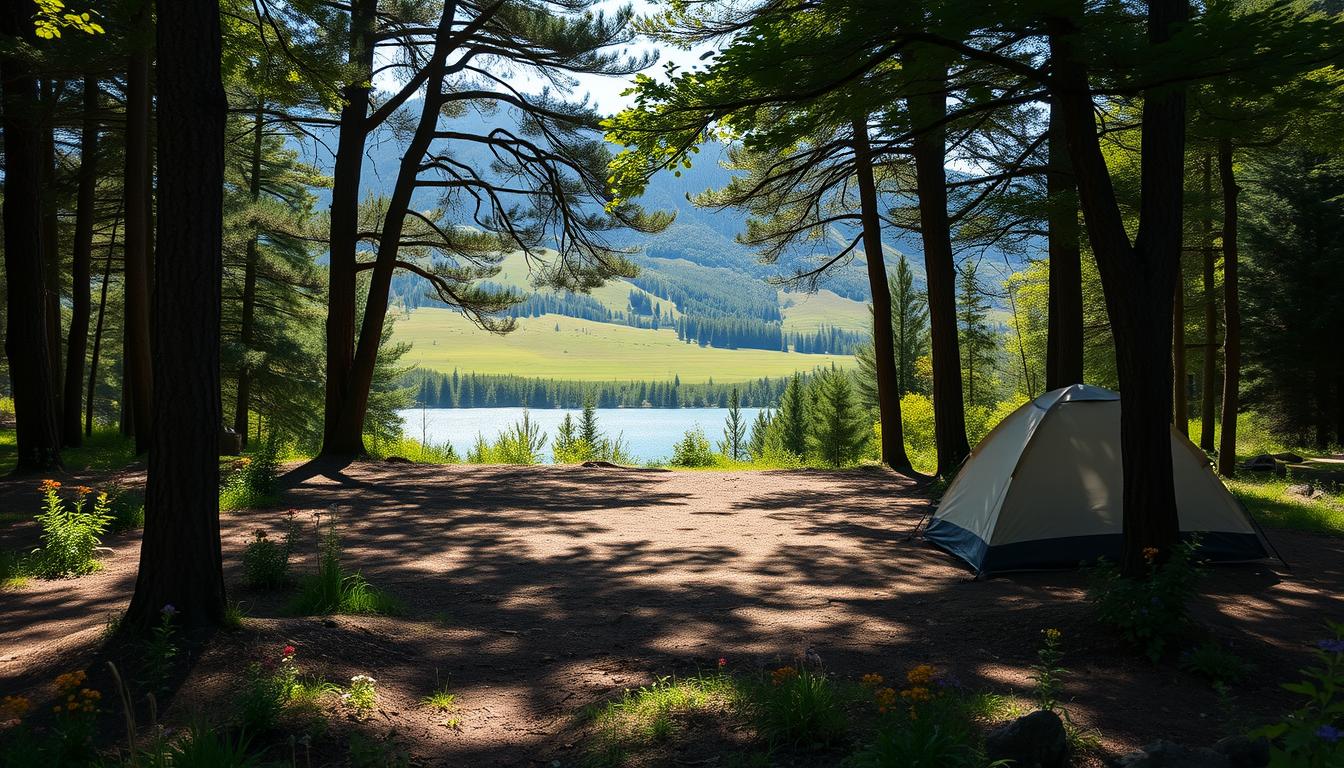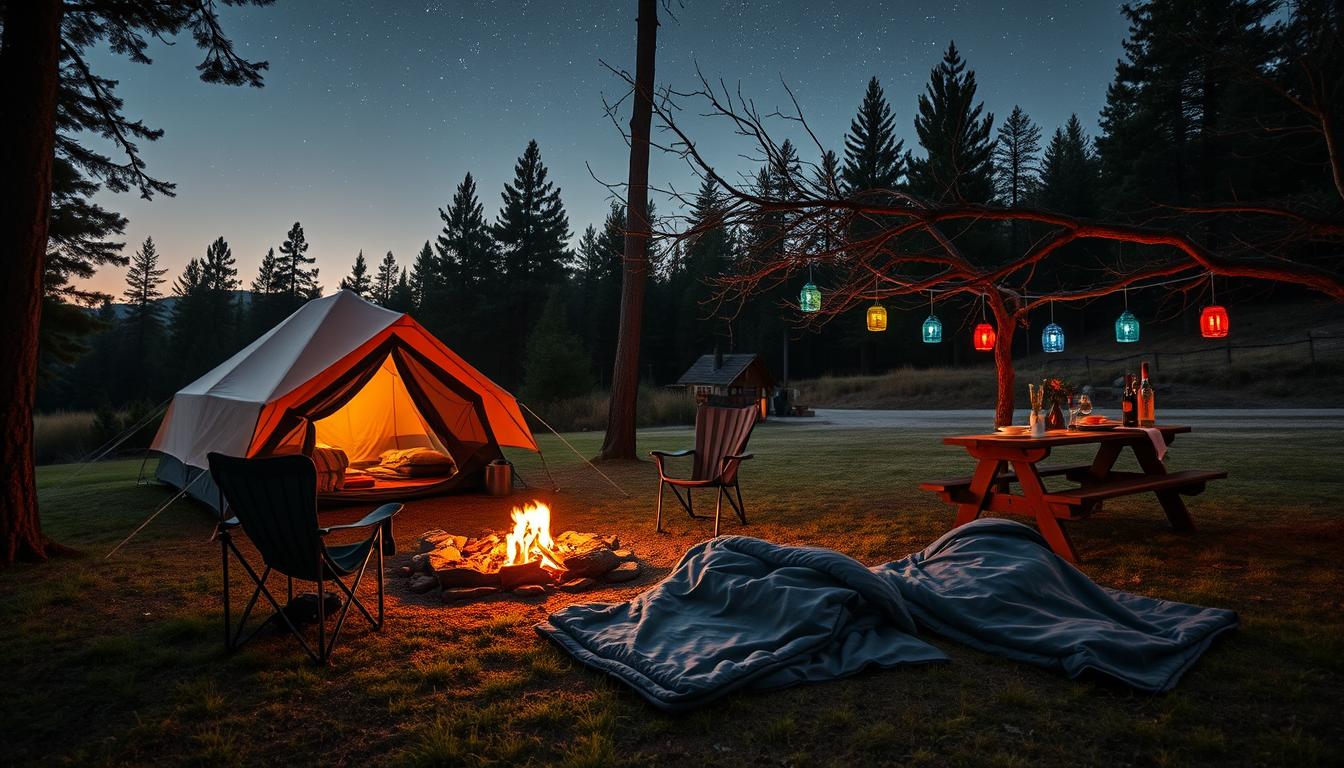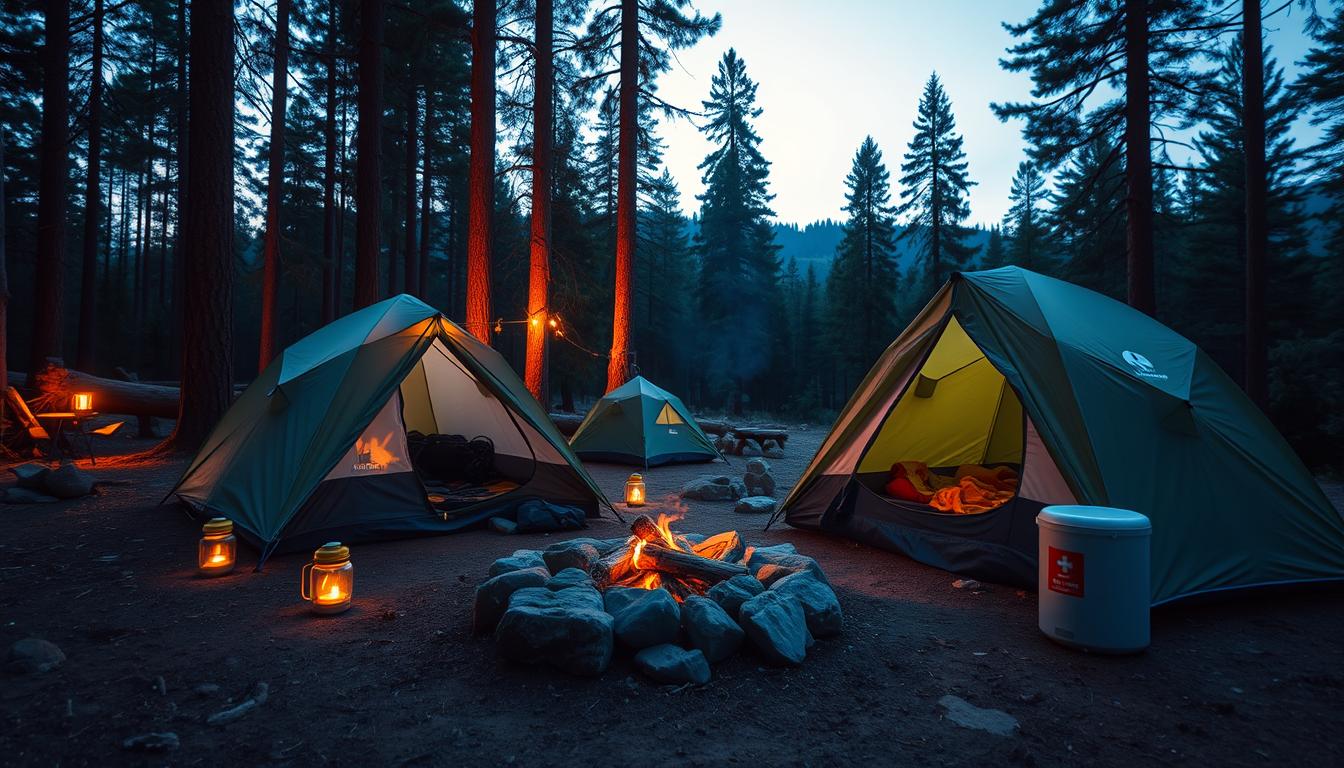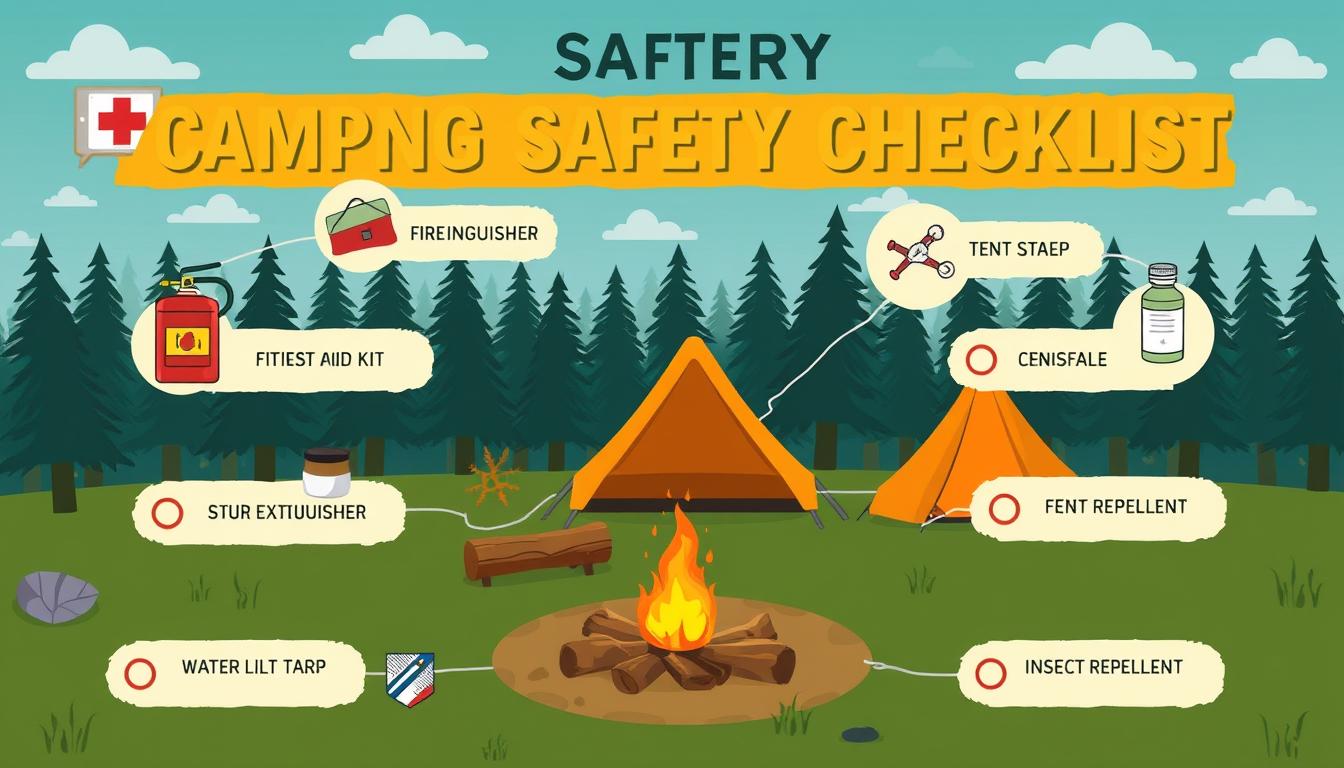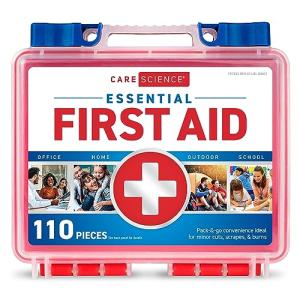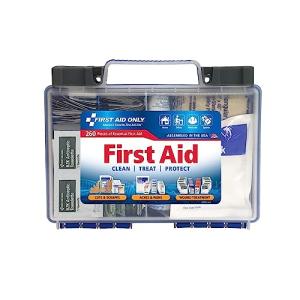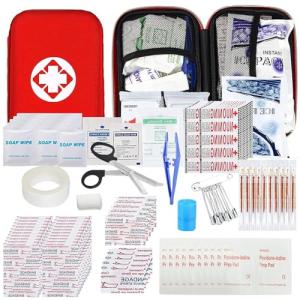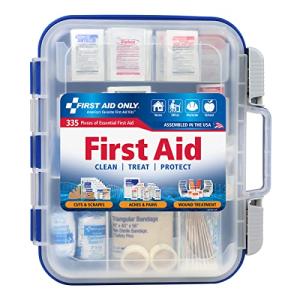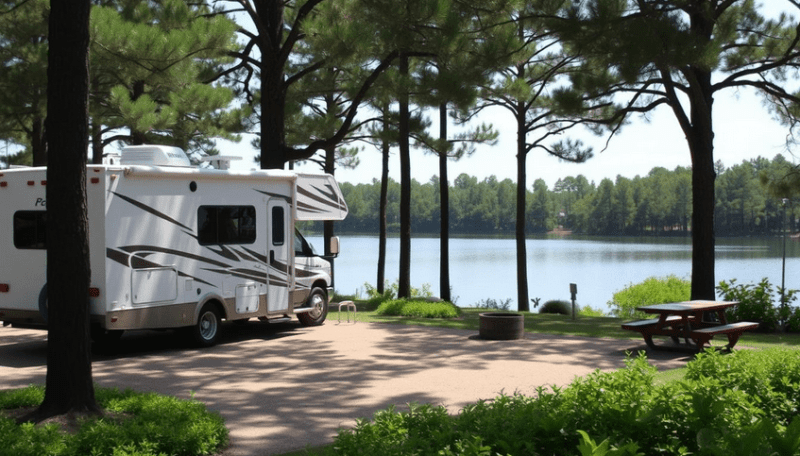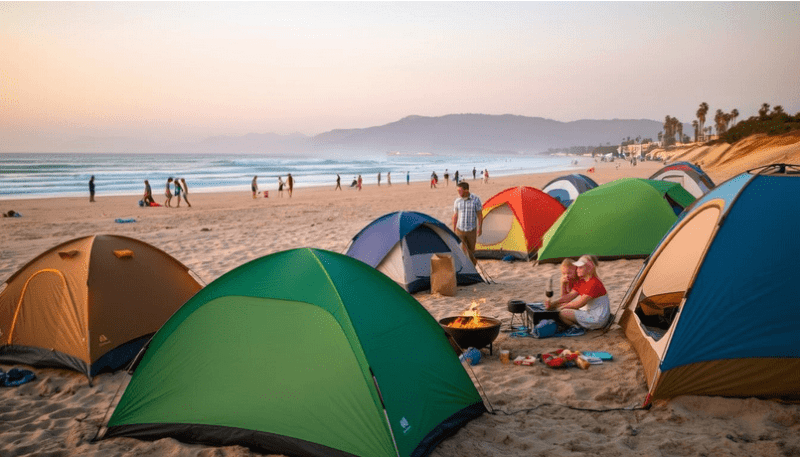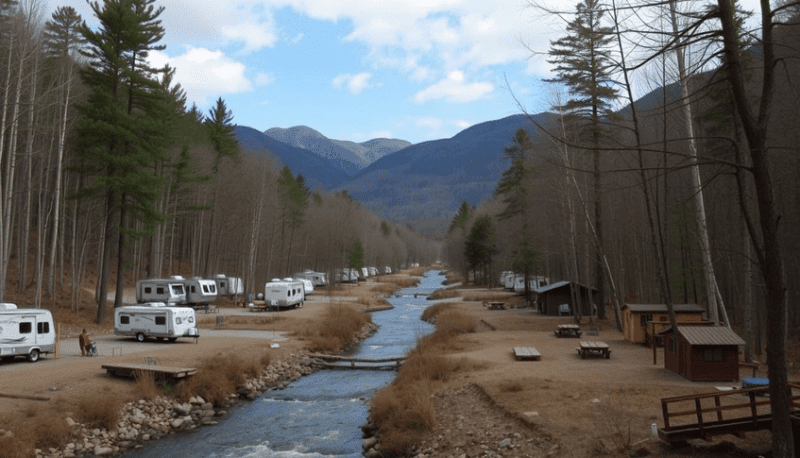Every year, 40 million people go camping in the United States. Picking the right campsite is key for a safe and fun trip. You should look at safety and comfort when choosing a campsite. This includes checking the terrain, natural hazards, and how close it is to facilities.
Knowing what makes a campsite safe and comfy is important. By looking at safety and comfort, you can have a great camping trip. In this article, we'll cover the top tips for picking the best campsite. We'll focus on safety and comfort.
Key Takeaways
- Choose a campsite with a flat and dry terrain to ensure campsite safety
- Consider the distance from facilities when choosing a safe campsite
- Assess natural hazards and safety risks, such as wildlife and extreme weather
- Evaluate the campsite comfort, including access to amenities and services
- Research the campsite beforehand to ensure it meets your needs and provides a safe and comfortable experience
- Always follow campsite rules and regulations to ensure a safe and enjoyable trip
Essential Factors in Choosing Your Ideal Campsite
When picking a campsite, think about several key factors. One major concern is tips for camping safety. This includes checking the terrain for hazards. A good campsite should be flat, away from flood areas, and have easy paths for getting out quickly.
Comfort is also important. Look at the campsite amenities like restrooms, showers, and water. The site's distance to these can greatly affect your stay. It's best to find a spot that's both convenient and safe.
Some campsites have extra perks like picnic tables and grills. These can make your trip better.
Here are some key factors to consider when choosing your ideal campsite:
- Terrain evaluation: Assess the land's slope, elevation, and proximity to water sources.
- Distance from facilities: Consider the distance from restrooms, showers, and potable water.
- Accessibility considerations: Look for wheelchair-accessible paths and facilities.
https://youtube.com/watch?v=Mkgim8txEWw
By considering these factors, you can have a safe and fun camping trip. Always follow tips for camping safety and take steps to keep yourself and others safe.
| Factor | Importance | Description |
|---|---|---|
| Terrain evaluation | High | Assess the land's slope, elevation, and proximity to water sources. |
| Distance from facilities | Medium | Consider the distance from restrooms, showers, and potable water. |
| Accessibility considerations | High | Look for wheelchair-accessible paths and facilities. |
Assessing Natural Hazards and Safety Risks
When picking a campsite, think about campsite safety tips to avoid accidents. Look at the risk of floods, landslides, and wildfires. Also, check if there are bears or snakes around for a comfy stay. A campsite amenities checklist can prepare you for dangers and make your trip safe and fun.
To check natural hazards and safety risks, look at these things:
- How close you are to flood zones or landslide areas
- If there are bears or snakes, and how to avoid them with campsite safety tips
- If there are emergency services and evacuation paths nearby
- The weather, like extreme heat or cold, and how to stay safe with campsite comfort tips
A good campsite amenities checklist keeps you safe and comfy. By thinking about these points and being careful, you can avoid accidents and have a great time.
Always put your safety and comfort first when picking a campsite. If you're not sure about any dangers, ask for help. With the right planning and knowledge, you can have a safe and fun camping trip.
| Factor | Risk Level | Precautions |
|---|---|---|
| Floods | High | Avoid camping in low-lying areas, check weather forecast |
| Wildlife | Medium | Store food and trash properly, make noise while hiking |
| Wildfires | High | Check local fire restrictions, keep a fire extinguisher nearby |
Location-Specific Safety Considerations
When picking a campsite, think about the risks in the area. Look out for wildlife like bears or snakes. Knowing this helps keep your camping trip safe and fun.
A campsite guide is full of useful info. It tells you about emergency exits, cell phone zones, and how far from help you are. This info is key in emergencies. It helps you act fast and right.
Also, knowing the terrain and weather is important. It helps you prepare for dangers like floods or fires. This info shapes your campsite choice.
Some key things to think about include:
- Wildlife activity areas: Are there any areas with high wildlife activity, such as bear or snake habitats?
- Emergency exit routes: Are there clear exit routes in case of an emergency, and are they easily accessible?
- Cell phone coverage zones: Are there areas with reliable cell phone coverage, and are they easily accessible?
- Distance from emergency services: How far is the campsite from emergency services, such as hospitals or fire stations, and how will this impact safe camping practices?
By thinking about these points and using a campsite guide, you can choose a safe spot. Always keep safety in mind and stay alert. This way, your camping trip will be both safe and enjoyable.
Essential Campsite Amenities for Comfort
When looking for a comfortable campsite, think about what makes your stay good. You'll need access to clean water, restrooms, and showers. Also, picnic tables, grills, and fire pits can make your stay better. They offer chances to relax and meet others.
It's important to know what to look for in a campsite. Check if it's close to facilities and has the amenities you need. Also, think about the site's safety. This way, you'll have a great and safe camping trip. Some key things to look for include:
- Access to potable water
- Restrooms and showers
- Picnic tables and grills
- Fire pits and cooking facilities
Also, remember campsite safety tips. Be careful of wildlife, steep areas, and bad weather. By being careful and aware, you can have a safe and fun camping trip.
| Amenity | Importance | Description |
|---|---|---|
| Access to potable water | High | Essential for drinking, cooking, and hygiene |
| Restrooms and showers | High | Provide a comfortable and sanitary way to maintain personal hygiene |
| Picnic tables and grills | Medium | Enhance the camping experience and provide opportunities for socializing |
Weather Protection and Shelter Requirements
When picking a campsite, think about the weather and shelter needs. Look for natural wind barriers like trees or hills to block strong winds. Also, check if the campsite has picnic tables and grills.
It's key to keep your tent safe in bad weather. Choose a spot with shade to avoid the sun. Evaluating drainage patterns helps prevent flooding. These steps help ensure a safe and comfy stay.
- Natural wind barriers, such as trees or hills
- Shade availability, such as canopies or trees
- Drainage patterns to prevent flooding
By considering these and picking a good campsite, you'll have a great outdoor adventure. Always follow tent safety tips and use outdoor accommodation advice for the best camping trip.
What to Look for in a Campsite: Safety and Comfort Tips
When picking a campsite, safety and comfort are key. Look for security measures like guards, cameras, and emergency plans. Also, check if there are laundry and shower facilities to make your stay better.
Outdoor lodging safety is crucial. Campers should find sites with restrooms and clean water. These features ensure a safe and fun camping trip. Some important things to consider are:
- Security measures, such as on-site personnel and emergency response plans
- Comfort features, like laundry facilities and showers
- Essential facilities, including restrooms and potable water
| Factor | Importance | Description |
|---|---|---|
| Security Measures | High | Presence of security personnel, cameras, and emergency response plans |
| Comfort Features | Medium | Access to laundry facilities, showers, and other amenities |
| Essential Facilities | High | Restrooms, potable water, and other necessary facilities |
By thinking about these factors, campers can pick a safe and fun outdoor spot.
Creating a Comfortable Camp Layout
Creating a comfortable camp layout is key to a great camping trip. Start by looking at the campsite's terrain and layout. This helps decide where to put tents, campers, and gear. Also, think about how close you are to restrooms and showers.
A camping safety checklist is essential for a safe camp. Choose a spot that's flat, dry, and safe. The right essential camping gear also makes a big difference in comfort.
Here are some important things to consider for a comfy camp layout:
- Access to water and sanitation facilities
- Protection from the elements, such as wind and sun
- Adequate space for tents, campers, and gear
- Proximity to recreational activities, such as hiking trails and lakes
By planning well, campers can have a more relaxing trip. Always follow a camping safety checklist and pick a safe spot.
With the right planning and gear, campers can enjoy a comfy camp layout. Whether you're in a top best camping spots or just starting, the right essential camping gear is crucial.
| Camping Gear | Importance | Notes |
|---|---|---|
| Tent | High | Provides shelter and protection from the elements |
| Sleeping Bag | High | Keeps campers warm and comfortable at night |
| Flashlight | Medium | Provides light after dark |
Environmental Impact and Sustainability Considerations
Choosing a campsite means thinking about its impact on the environment. A good camping trip can reduce harm to nature. It's important to pick a site that cares about the planet and to plan your trip with eco-friendly actions in mind.
Respecting nature and local rules is key to sustainable camping. This means not littering, keeping wildlife safe, and staying away from fragile areas. Doing these things helps keep the campsite beautiful and supports a green camping lifestyle.
Leave No Trace Principles
Leave No Trace is a set of rules to lessen our footprint on nature. It teaches us to throw away trash right, respect animal homes, and stay out of fragile spots. Following these rules helps keep the outdoors pristine and supports eco-friendly camping.
Local Regulations
Local rules are vital for green camping. They might limit campfires, how to dispose of trash, and where to go. Following these rules protects the environment and makes sure your camping is safe and enjoyable.
Ecological Sensitivity
Being careful with nature is crucial for green camping. This means avoiding places that are easily damaged, respecting local ecosystems, and reducing waste. By being mindful of nature, you help protect it and make your camping trip better.
Conclusion: Making Your Final Campsite Selection
When choosing a campsite, it's important to find a balance. You want it to be safe, comfortable, and good for the environment. Look at the terrain, check for natural hazards, and think about what amenities you need.
Looking at campsite reviews and asking experienced campers for advice is helpful. Make sure to check the security, amenities, and if it fits your group's needs.
It's also key to pick a campsite that's safe and respects nature. Follow Leave No Trace principles and know the local rules. This way, you can enjoy the outdoors without harming it.
With these tips, you're ready to choose a great campsite. You'll have a safe and fun camping trip. Happy camping!
DISCLAIMER
This document is provided for general information purposes only and should not be relied upon as providing legal advice, technical, or specific operational guidance to the reader, whether as to the practices described in the document or the applicable legal requirements and regulations. bestcampingdeals.com expressly disclaims any responsibility for liability arising from or related to the use or misuse of any information in this document.
